Discover 11 hidden attractions, cool sights, and unusual things to do in Schwäbisch Gmünd (Germany). Don't miss out on these must-see attractions: Prediger, Heilig-Kreuz-Münster, and St. John's Church. Also, be sure to include Bell Tower in your itinerary.
Below, you can find the list of the most amazing places you should visit in Schwäbisch Gmünd (Baden-Württemberg).
Table of Contents
Prediger
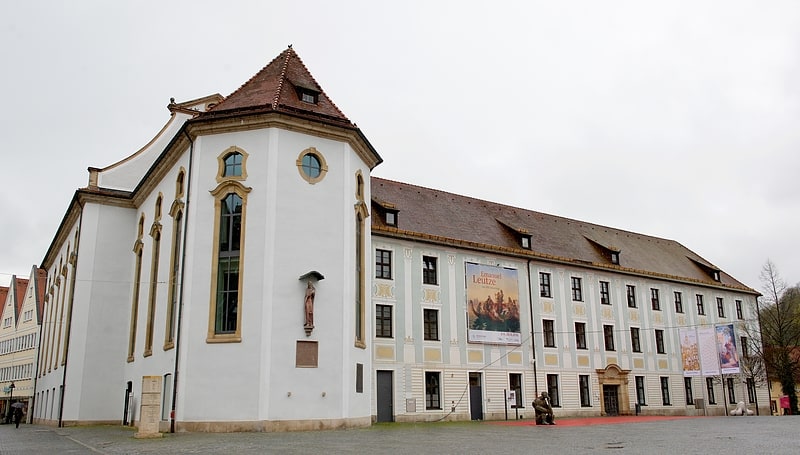
The Prediger is the name given to the former Dominican monastery of Schwäbisch Gmünd, which is now used as a cultural center with, among other things, the Museum im Prediger and the Galerie im Prediger. It is centrally located in the city center, on Johannisplatz, opposite the Romanesque Johanniskirche.
Address: 3 Johannisplatz, Schwäbisch Gmünd
Heilig-Kreuz-Münster
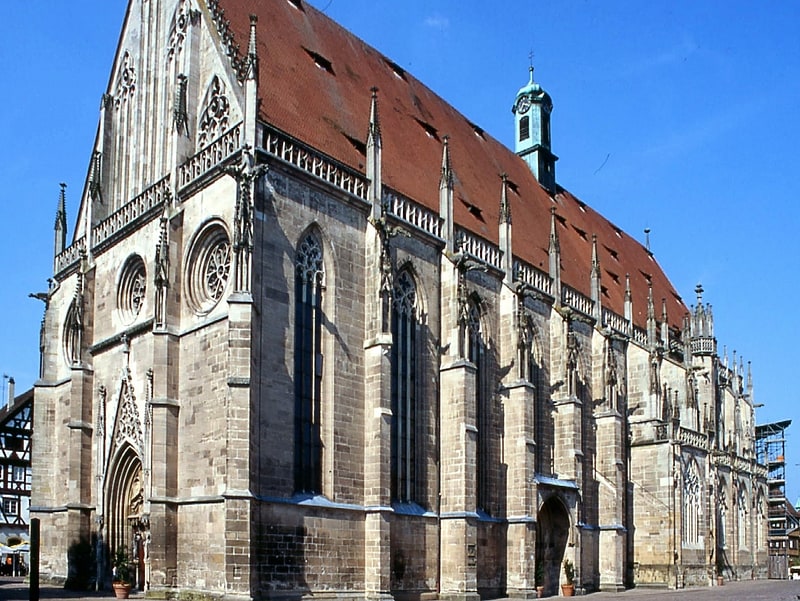
The Heilig-Kreuz-Münster (Holy Cross Minster) in Schwäbisch Gmünd is a Gothic church building with a hall ambulatory, built from about 1320 as a city parish church. The minster is important in art history as the original work of the Parler family of master builders and as the first large hall church in southern Germany. The nave was completed around 1341. After the collapse of the towers, the completion of the entire hall church took until 1521.
The patrocinium alternated from the beginning between Our Lady and Holy Cross. In 1926, Bishop Paul Wilhelm von Keppler elevated the Gmünder Münster, as it was colloquially called - as was customary in southern Germany - because of its size since its construction, to the Münster zum Heiligen Kreuz. By this step the patrocinium was fixed to Holy Cross. As a result of the renaming, the surrounding church square was also renamed Münsterplatz.
Today, the cathedral is the parish church of the Catholic Heilig-Kreuz-Münstergemeinde and its local parish, the Italian parish of San Giovanni Bosco, as well as the main church of the pastoral unit Schwäbisch Gmünd-Mitte.
The Münsterbauhütte has been listed in UNESCO's register of good practices as part of the Bauhütten system since 2020.
Address: Münsterpl. 15, 73525 Schwäbisch Gmünd
St. John's Church
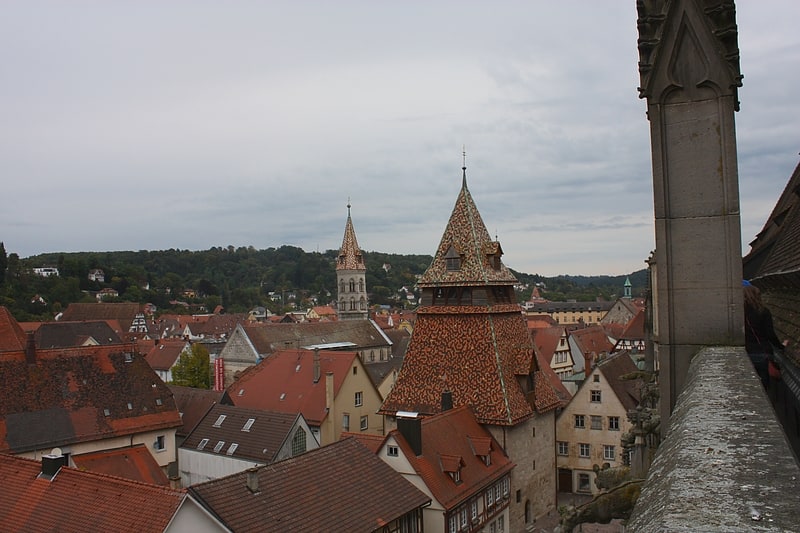
Johanniskirche or St. John's Church is a Romanesque or neo-Romanesque style Catholic town church in Schwäbisch Gmünd, dedicated to St. John the Baptist. The pillared basilica serves as a lapidary for the Gmünd Minster.
St. John's Church, which stands with its prominent bell tower directly at the junction of St. John's Square and Market Square, is a popular photo motif and landmark of the city of Schwäbisch Gmünd. It is part of some logos, such as for the city's anniversary in 2012.
From June 24, 2005 to 2016, St. John's Church also served as the church space for the Gmünd Youth Church.
Address: Bocksgasse 9, Schwäbisch Gmünd
Bell Tower

Also known as: Glockenturm
The bell tower, formerly called the Glockenhaus, is a Romanesque building erected around 1228 and now houses the bells of the Heilig-Kreuz-Münster in Schwäbisch Gmünd. It is thus a campanile. This form of bell tower is unique in the Swabian region.
Kornhaus
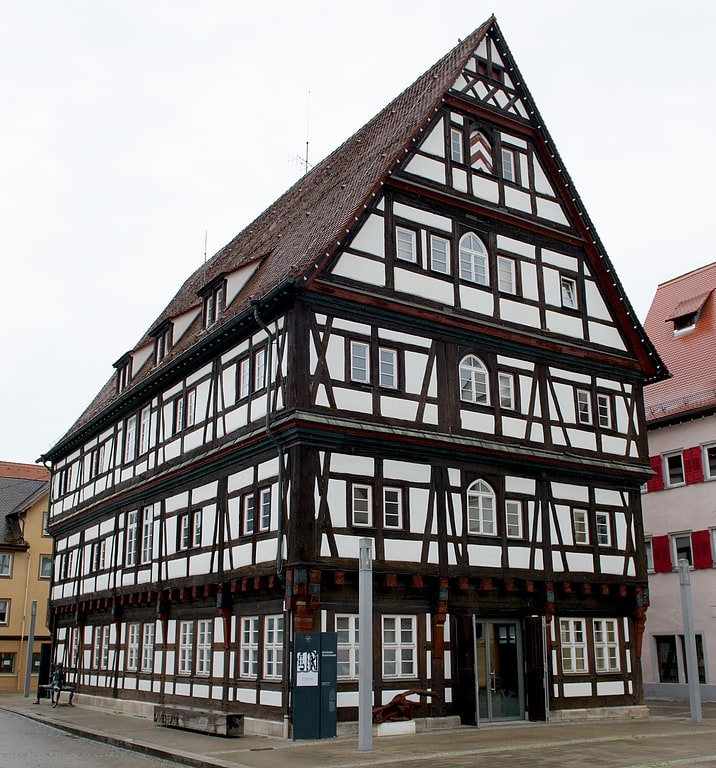
The Kornhaus is one of the remaining large half-timbered houses in Kornhausstraße in the old town of Schwäbisch Gmünd, along with the Grät and the Spital's Amtshaus.
Address: 14 Kornhausstraße, Schwäbisch Gmünd
Die anvertrauten Pfunde

Wege zur Kunst (Paths to Art) is a sculpture path in Schwäbisch Gmünd-Straßdorf, which was established in 2002 and has been continuously expanded since then.
The sculptures are located on the plateau north of Straßdorf to the right and left of the state road L1075 leading to Schwäbisch Gmünd against the backdrop of the Albtrauf. Only works by sculptors from the Gmünd area will be considered. The project is sponsored by the FörderVerein Straßdorf e.V. The path is about 3.5 kilometers long, with a planned walking time of about one and a half hours.
Galerie Villa Seiz
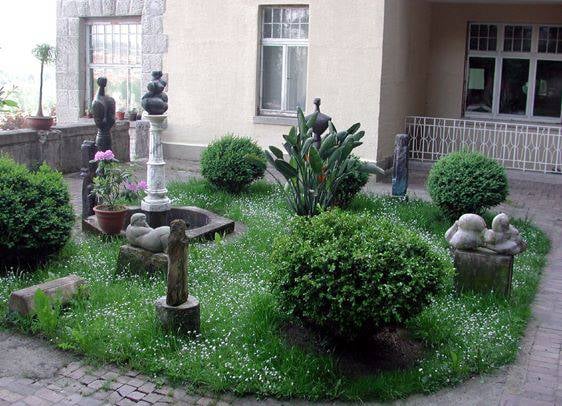
Max Eugen Seiz was a German sculptor who lived in Schwäbisch Gmünd and worked as a freelance artist from 1954.
Address: Nepperberg 4, Schwäbisch Gmünd
Johannisplatz

Johannisplatz is one of the three main squares in the old town of Schwäbisch Gmünd, along with Marktplatz and Münsterplatz. The square extends north and west of the Romanesque St. John's Church. In the west, the square is limited by the former Preacher's Monastery, which today houses the Museum im Prediger and the Galerie im Prediger. The Bocksgasse runs through the square to the south. To the east, the square merges with the market square.
St. Franziskus

The Baroque parish church of St. Francis is a former convent church of the Franciscan monastery in the core city of Schwäbisch Gmünd and was dedicated until 1908 to St. Louis, who is now a secondary patron.
The settlement of the Franciscan Order in Schwäbisch Gmünd probably took place during the lifetime of St. Francis and is thus one of the oldest settlements north of the Alps. There is even the assumption that the Gmünd branch was the first north of the Alps. The high altar is considered a special piece of the South German Rococo.
Today, the church serves as a parish church for the Catholic St. Francis Parish and the native Croatian parish of St. Nikola Tavelic. In addition, a service in Hungarian is held on the first Sunday of each month.
Augustinuskirche
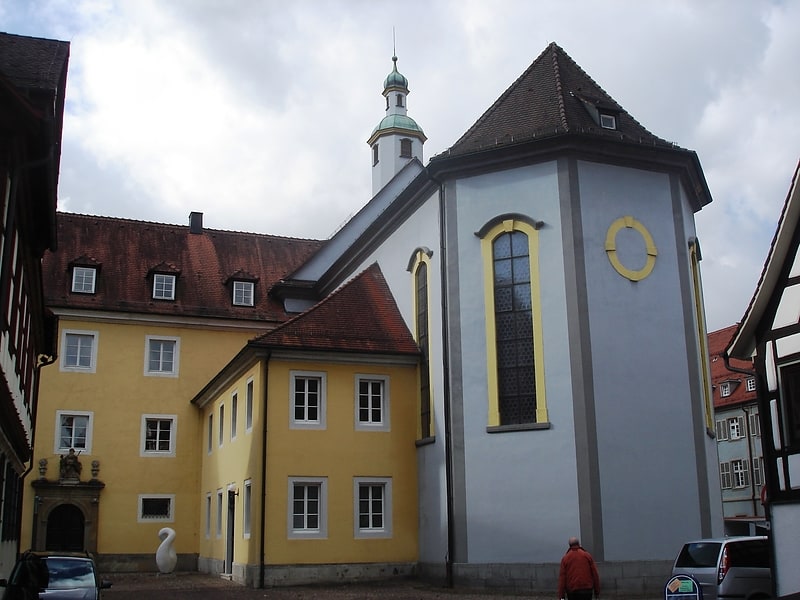
The Augustinuskirche in Schwäbisch Gmünd is the former baroqueized monastery church of the Augustinian monastery in Gmünd, which is now a Protestant parish church in the core city and is located in the neighborhood of the Heilig-Kreuz-Münster.
Address: Augustinerstraße 6-8, 73525 Schwäbisch Gmünd
Mariä Verkündigung
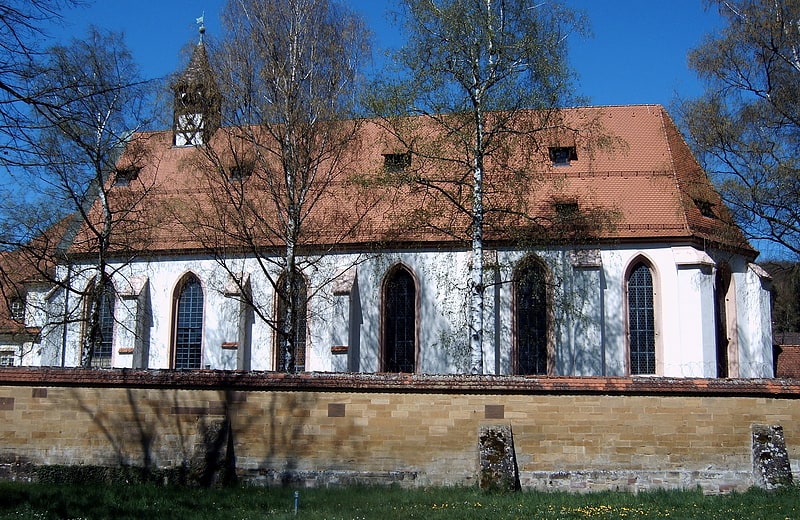
The Church of the Annunciation is the former, Gothic, Baroqueized convent church of the Dominican convent of Gotteszell in Schwäbisch Gmünd. It now serves as the church of the correctional facility for women housed in the former convent.
Address: 21 Herlikofer Straße, Schwäbisch Gmünd